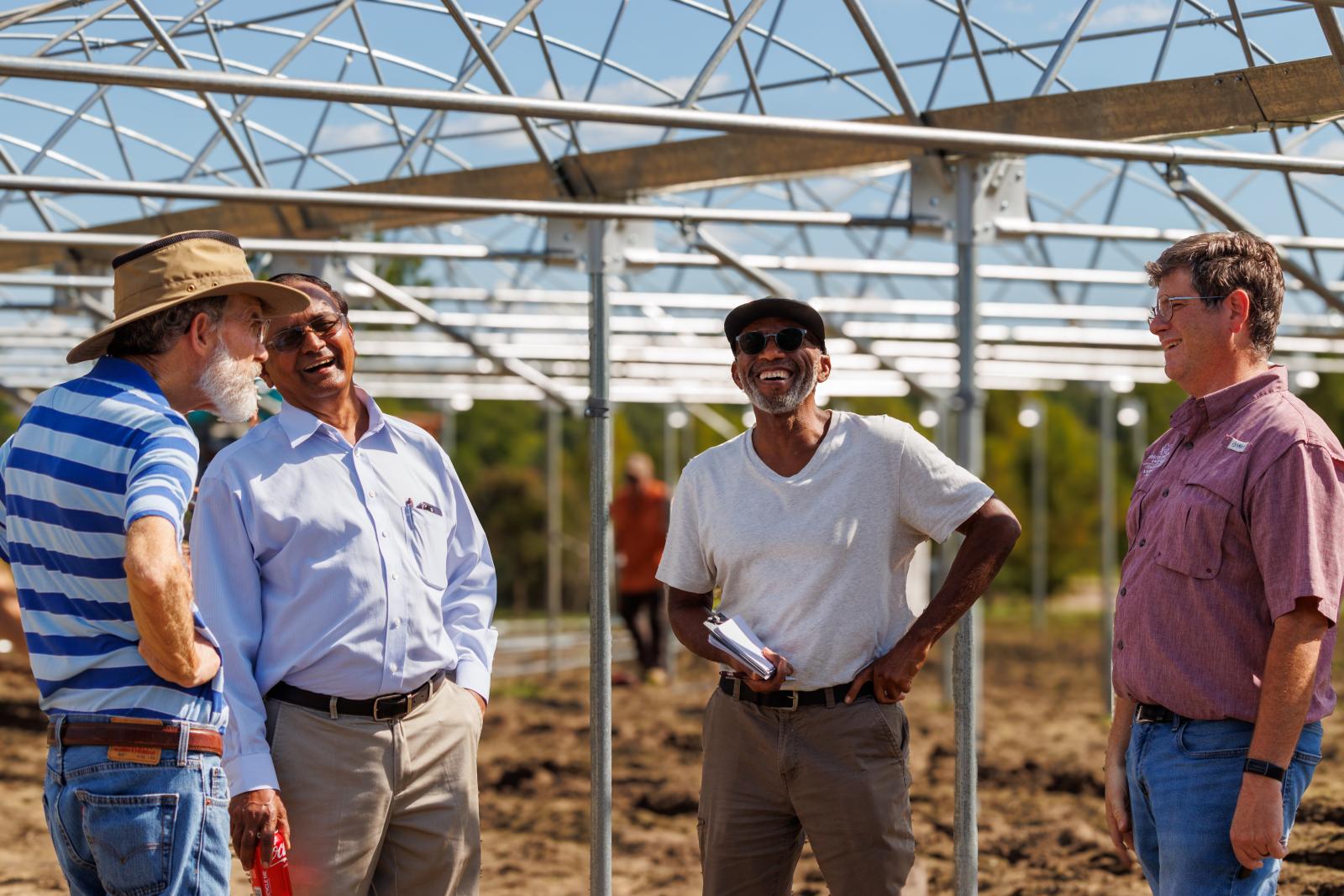Theme 3: Bridging the Climate Gap
Developing a contextually relevant and connective understanding of the social dynamics through which climate change is experienced and negotiated, and climate risk is differentiated.

Models help understand climate change’s physical processes but often fall short in explaining vulnerability, especially across social differences. Theme 3 strengthens vulnerability modeling by incorporating grounded research. This theme explores the community's understanding of environmental risks, experiences of vulnerability, perceptions of risk sources, intersections with daily life, risk drivers, mitigation measures, and the structural and institutional factors shaping climate impacts. Findings inform model development, interpretation, and communication ensuring a comprehensive interdisciplinary approach.
The community-based engagement model integrates diverse perspectives through the spiral learning model and networked chain approach, emphasizing local knowledge and shared experiences. Focusing on agriculture and infrastructure, the study examines large-scale landscape dynamics alongside individual and community impacts. It also explores how infrastructure shapes climate change experiences.
Photos by Evan Solomon, Brian Williams
Using qualitative and quantitative methods - interviews, surveys, archival research, focus groups, and participant observation - the research team refines spatial and statistical models. This data-driven approach clarifies systemic patterns of vulnerability, aiding sustainable community adaptation. The team’s expertise ensures a thorough examination of justice-based economic development, ethnographic engagement, and climate change impacts on agriculture and food security.